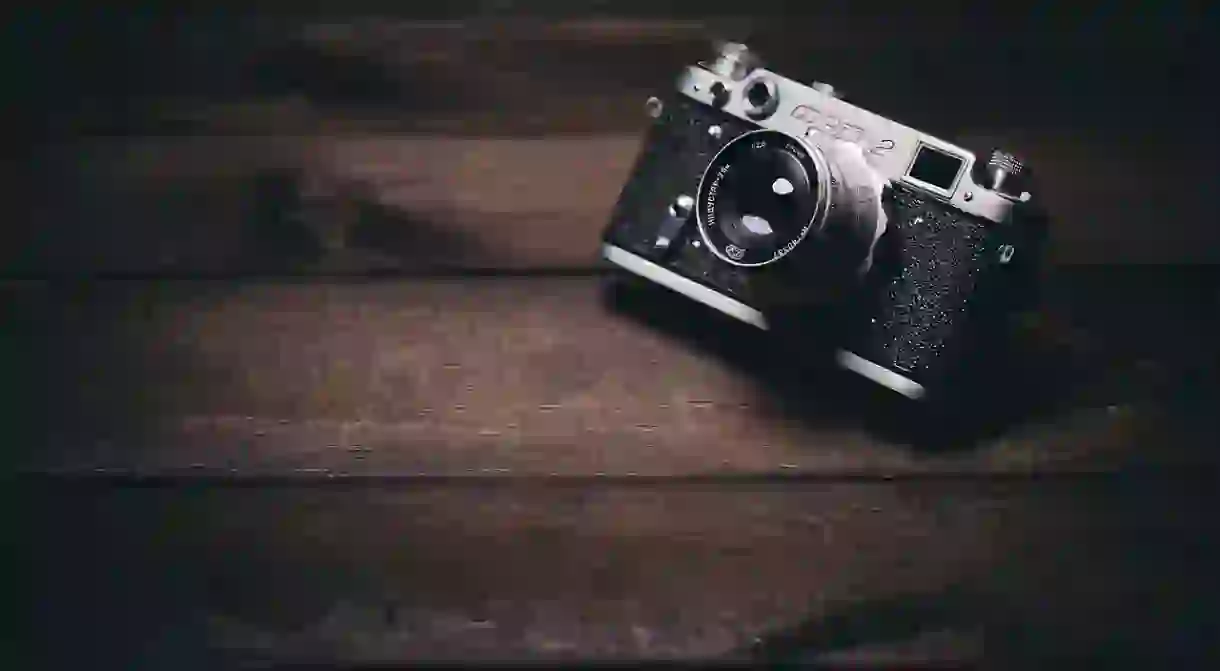6 Bolivian Photographers You Need to Know About

Bolivia has already made a decent contribution to the world of photography for a developing nation of its size. While the art form has yet to really take off in the country, there are a few important names worth knowing in the industry. From landscapes, to fashion, photojournalism and avant-garde, let’s take a look at the who’s who of Bolivian photography.
Willy Kenning
Willy Kenning is Bolivia’s most celebrated aerial photographer, forging a successful career long before the proliferation of drones meant anyone could shoot from the sky. A fully qualified pilot, Kenning became famous for his stunning aerial landscapes, most of which document Bolivia’s eastern lowland region. Throughout his career he has authored and contributed to numerous books, ultimately becoming Bolivia’s best selling author. Among his many achievements, Kenning was the first Bolivian to be invited to contribute towards the world famous National Geographic magazine.

Tony Suárez
Antonio Suarez is Bolivia’s most successful international photographer thanks to a long and accomplished career with Time Magazine. After graduating with a photography degree from the prestigious New York School of Visual Art, he went on to land a job with Time where he stayed for 20 years, the last five of which were spent working as one of the publications leading photographers. This role gave him the opportunity to travel the world, visiting countries like Cuba to interview Fidel Castro and Greece to document the Olympic Games. After he was done with Time Magazine he returned to Bolivia to work as the personal photographer of the president and contribute to various local publications. He has recently become somewhat obsessed with photographing Mount Illimani.
Pablo Manzoni
Pablo Manzoni has been Bolivia’s premier fashion photographer for over 25 years. His stellar career began in Santa Cruz where he built a name for himself photographing the hottest beauty queens, models and runway shows for numerous high-end fashion agencies. He later went on to create his own brand, Las Magnificas de Pablo Manzoni, (Pablo Manzoni’s marvels) which is highly sought after throughout the country. More recently, Manzoni has funded Boliviamoda, the country’s biggest annual fashion event.
Wara Vargas Lara
After studying journalism and audiovisual production at university, Wara Vargas went on to become Bolivia’s most accomplished female photojournalist. Throughout her career she has received funding from the Bolivian UNIR foundation for journalism and research, contributed to various publications and exhibited in countries such as Brazil, Germany and the United States. Her biggest accolade came when a piece documenting confrontation between police and disabled protesters was awarded a spot in the top 20 best photos of the Latin American Photography Contest of 2012. Vargas continues to work in La Paz for local newspaper Pagina Siete.

Sergio Bretel
An abstract artistic photographer, Sergio Bretel reached international fame when he was included in the La Biennale di Venezia in 2015, considered by many to be the world’s most prestigious arts event. His work was chosen over that of more than 150 photographers from 35 countries around the world. Bretel’s art is largely avant-garde, with one of his selected works using lime to oxidize painted cement in order to create stains. In many of his photos, the former architect intends for the viewer to be unsure if they are looking at a photograph or a painting. Other works document the gruesome skulls of Bolivia’s bizarre ñatitas festival.

Julio Cordero
One of Bolivia’s most important early photographers, Julio Cordero took on an apprenticeship with two established Peruvian photographers in the late 19th century. After honing his skills, he started his own studio and focused on photographing portraits of Bolivians of all socials classes, from street beggars to aristocrats. Through his strong ties to the ruling party of the time, Cordero went on to document government events and military personnel before his death in 1961.













